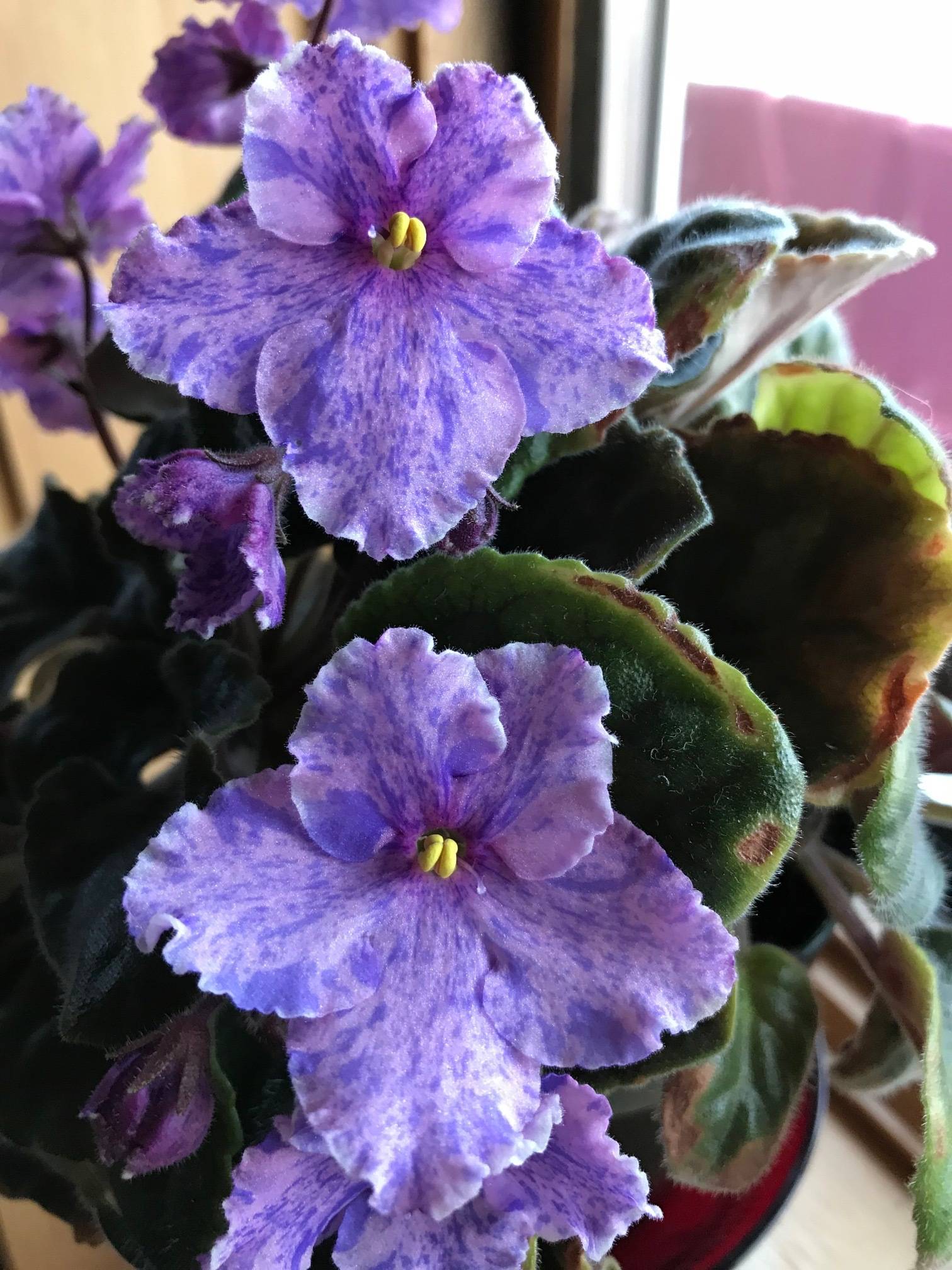Trees. They are somewhat problematic. Their size, the years it takes to reach maturity, placement. They take thought and, to some extent, money. You don’t want to be hasty when the time comes to make a decision to replace, say, the gorgeous old spruce that succumbed to the spruce aphid infestation that struck them a couple of years ago. But there are those of us on the cusp of making just such a decision.
My favorite informationn source is Landscape Plants for Alaska, published by the Alaska Cooperative Extension office. But it is dated and there are no plans to publish a new one — money is the issue. In spite of that I still rely on it. Here are a few names being bandied about: Scotch pine, swiss stone pine, lodge pole, yellow cypress (Alaska cedar), dawn redwood.
I have seen gorgeous Scotch pines here and there but the one I planted about 20 years ago failed after five years. It was one of those that will shed its branches, really. Who knew? Not me. Down it came. And they have been known to succumb to big winds.
The lodge poles seem to be having a good go of it, but to me they look out of place — they need to be in Colorado. But that’s a matter of taste. They survive and that certainly is a plus.
The dawn redwood (metasequoia) that Shirley Forquer planted survived one year and failed, and the hopes were high for that one.
Then there is the possibility of the tree you choose going along for three or four years and then failing. You’ve lost those years. I have four arborvitae planted along the fence. They have been flourishing but I’m holding my breath. I have seen too many of these fail when least expected.
Except for the arborvitae, these are huge trees, and the more I think about replacing spruce with something out of our ken, the more I doubt the idea.
I know our climate is changing; it doesn’t take a great observer to see that, and it might be a good idea to find a tree that could successfully replace the spruce. But trees are so important. So decisive.
So think it through.
When the spruce bark beetle hit here about 25 years ago the forest service distributed zillions of lodge pole pines and Siberian larch. They are all over the place and doing well. But the larches are deciduous (lose their leaves that look like needles). I have two of these and appreciate the way the low winter light plays on their branches, and the colors that can be drawn from that light. Maybe you won’t. Maybe you need an evergreen.
If I needed to replace a spruce I would go with another spruce. This time I would be aware of the bark beetles, and aphids. I would take steps to protect them. Plenty of water being the primary need, and inoculating in the case of the aphids.
This brings me to the amur chokecherry, that gorgeous specimen with the copper bark that glows all winter long. Claire Waxman has a huge one in front of Homer Saw and Cycle. There used to be two, and therein is the problem. The second one died.
The one I planted 20 years ago started out with a bang but has been failing for the last six years. John has been nursing it along. He cut off half of it last week, rotten at the center. We will see what happens to the remaining half. See what I mean? Twenty years of tree that will probably be seeing its last summer. There have been others of these beauties around town that fell over right at the base. If it goes it will not be replaced with a like tree.
Trees are a tough decision.
I over heard a conversation: A woman was describing planting a Chinese lilac (I had to Google that one) and how she amended the soil in the hole before planting. Please don’t do this. Just dig the hole to size, put the root ball in, fill in with the soil you took out of the hole, water and wish it well. Don’t amend the hole. I don’t stake either. Let the young tree blow in the wind, it will make the roots stronger faster.
On to another topic: gathering seaweed off the beach. Alaska Department of Fish and Game has a flyer concerning this practice. It is not encouraged. The consequences have not been studied sufficiently so we need to wait on them to make a decision.
I know, it seems such a romantic notion to gather aquatic plants for the garden. Coastal communities around the world have been doing it for centuries. But, at this latitude we have a fragile system that needs nurturing. A bucket here and there was fine but now that there are full pickup trucks leaving the beach loaded with the plants, we need to take pause and consider the impact. Keep this in mind.
I’m watching the weather — a favorite pastime right about now. The seedlings under lights in the guest room are begging to go to the greenhouse. The high/low thermometer out there registers 97 daytime and, you know it — low is the same as the outside temperature. I have no intention of turning on the heat just yet. But I can water the bins of compost that will soon be supporting gorgeous tomatoes, cucumbers and beans; pots of basil will soon be lending their scent.
Gardening season is just around the corner.
Rosemary Fitzpatrick is a longtime Homer gardener. She has been writing Kachemak Gardener since 1990.


